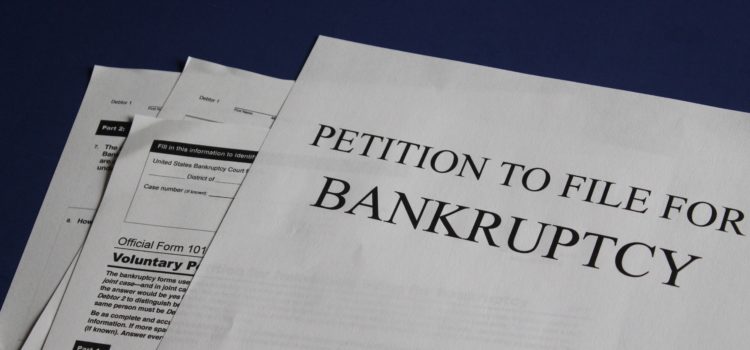

This article is an excerpt from the Shortform book guide to "How the Mighty Fall" by Jim Collins. Shortform has the world's best summaries and analyses of books you should be reading.
Like this article? Sign up for a free trial here.
What happens when leaders ignore the symptoms of business failure? Can a company collapse overnight?
According to How the Mighty Fall by Jim Collins, a major contributor to a company’s downfall is when it disregards signs of decline. Because leaders ignore these signs, they make reckless decisions with potentially disastrous consequences.
Continue reading to learn the consequences of ignoring the symptoms of a failing business.
Ignoring—or Misreading—the Signs
Companies generally don’t collapse overnight. Collins writes that there are symptoms of business failure, such as fewer customers and lower profits. However, instead of facing problems head-on and pinpointing internal causes of decline, leaders might respond by blaming outside factors like an economic slump, or by choosing to interpret inconclusive data with an overly optimistic eye.
(Shortform note: While Collins says you shouldn’t blame outside factors for any failure, it’s still important to keep an eye out for potential external disruptions to the business. In Only the Paranoid Survive, former Intel CEO Andrew Grove says that potential sources of disruption are competitors, government policies, consumers, suppliers, and adjacent businesses. Grove writes that rather than interpreting changes in these areas optimistically, you should gain a more realistic view by listening closely to a wide range of perspectives, including those of employees who are on the ground.)
Turning a blind eye to the subtle markers of trouble, a company’s leaders might then take big risks—ones that could have catastrophic consequences for the company if they don’t pay off. Collins again cites the example of Motorola, which started developing Iridium, a satellite phone, before cellular phones exploded onto the scene. The arrival of the cellphone should have given Motorola pause. The evidence was clear: Cellphones were sleeker, cheaper, and offered better coverage than satellite phones. But the company chose to believe that there was still a need for satellite phones and went full speed ahead, funneling $2 billion into the project. In the end, the all-or-nothing bet didn’t pay off, and Motorola filed for bankruptcy.
(Shortform note: It’s estimated that Motorola actually spent $5 billion on the Iridium project. Some analysts go into more detail about the Iridium’s—and ultimately, Motorola’s—failure, saying that the company fell victim to a version of the sunk cost fallacy: sticking with a doomed venture because they had already invested too much in it. Additionally, there was a failure in leadership: Not only did the CEO refuse to back down on the project, but the board was also made up of people who had a stake in Iridium, which meant that they couldn’t make decisions objectively.)
Aside from careless risk-taking, a company in denial might also undergo reorganization—sometimes multiple times—favoring cosmetic changes that don’t address the real issues over substantive action. (Shortform note: Collins’s skeptical view of reorganizations may stem from the fact that these changes are typically unsuccessful. A McKinsey survey found that more than 80% of company reorganizations fall short of their intended outcome, 60% lead to reduced performance, and 10% have adverse effects on the company.)
For example, Collins writes that Scott Paper Company, once the leader in the toilet paper market, restructured three times in four years as a response to Procter & Gamble (P&G) gaining ground with its own brand of toilet paper. (Shortform note: Other analysts say that Scott Paper’s restructurings were more complex than a knee-jerk reaction to the P&G threat. Instead, they were likely a response to a combination of factors, including numerous new competitors, an oversaturated tissue paper market, and Scott Paper’s expansion to Europe, Latin America, and Asia.)

———End of Preview———
Like what you just read? Read the rest of the world's best book summary and analysis of Jim Collins's "How the Mighty Fall" at Shortform.
Here's what you'll find in our full How the Mighty Fall summary:
- How formidable companies can lose their footing and fall
- The five phases that lead to a company's downfall
- How to rechart your course if you're facing the threat of failure






